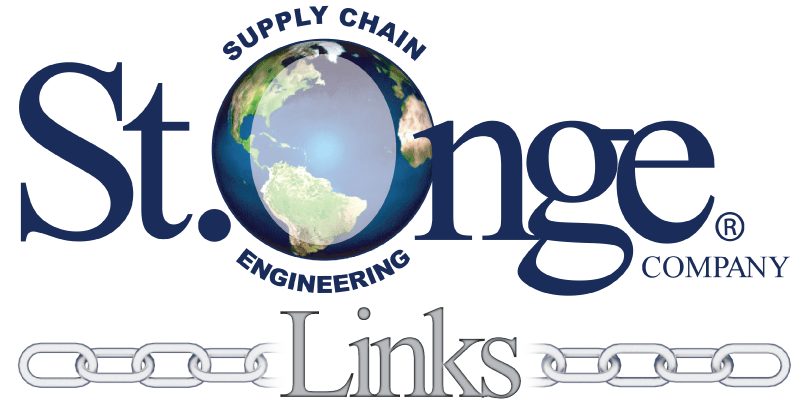 Strengthening your supply chain one link at a time.
Strengthening your supply chain one link at a time.
Are you eagerly anticipating the arrival of your shiny new technology set to revolutionize your operations? The buzz surrounding automation is real, with nearly every facility planning project we tackled last year incorporating automation. However, along with this excitement, we’re also seeing a concerning trend: companies seeking studies to understand why their automation systems are falling short of expectations. How can you ensure that your shiny new investment lives up to its promise?
Consider the following common pitfalls that may lead to automation let-down:
The journey towards a new system begins by identifying the right application for your operation. While there is an abundance of technologies available for handling various loads, pinpointing the right fit within your network of facilities is crucial. Typically, this exists where you face the most operational labor. From autonomous mobile robots (AMRs) through fully automated storage and retrieval systems (ASRS), selecting the application providing the most labor savings is a good place to start.
Next comes the planning phase, where data collection is crucial. This involves gathering item master data, customer order history, and inventory profiles. A common misstep in this phase is failing to apply the appropriate growth factors. It’s a challenging yet essential step that must be meticulously completed and documented. With future requirements calculated and documented, candidate systems can be identified.
To justify what are often large investments, a baseline solution is necessary to demonstrate to management that the spend is a good business decision. This involves designing the system including the process, layout, equipment, height/elevation, positions/trays, workstations, and more. Decisions are driven by critical planning data, including item size/weight, customer order volumes, and facility constraints.
Once justified, sourcing from a qualified supplier is critical. Detailed specifications and a request for proposal (RFP) package should be developed to ensure clarity on system requirements. This document should outline planning requirements, functional system specifications, technical requirements, testing, schedule, and key performance indicators. Pricing should be captured in detail, encompassing equipment, software, maintenance, spare parts, and support. This system requirements definition is the most important element to avoiding a future let-down.
The selected supplier should provide a final agreement that aligns with the original RFP. The decision to invest in new technology should follow a structured planning and sourcing. Implementation should include sufficient time for testing and training. In short, these steps minimize the risk of automation let-down.
But, don’t fear if you are already dealing with a system let down, because there are steps you can take to turn things around. Start by modeling how orders flow through your system, possibly simulating to pinpoint any issues that may be hindering your automation’s effectiveness. We find that automation performance can be improved with systemic multi-point improvements including operations training, managing the products within the scope of automation, improving replenishment and allocation processes among others. As you gear up for the next round of automation, invest time in modeling alternatives, carefully select a supplier based on well-specified functional and technical requirements, and ensure ample time is allocated for testing and training. Let’s keep those robots smiling!
—Norm Saenz, St. Onge Company